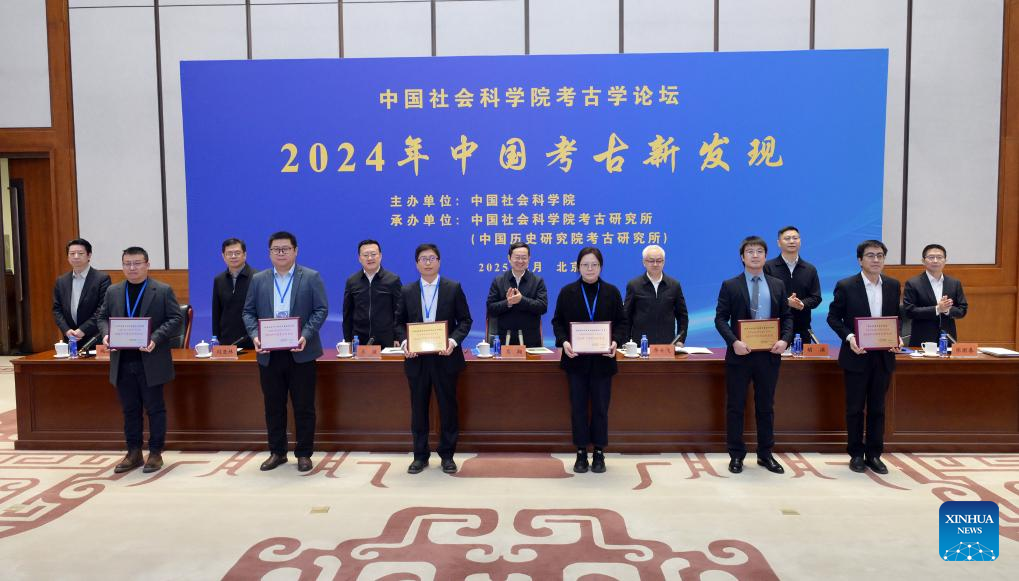
The Institute of Archaeology with the Chinese Academy of Social Sciences released its annual list of top 6 new archaeological discoveries on Wednesday. Here are the six best-recognized findings of 2024.
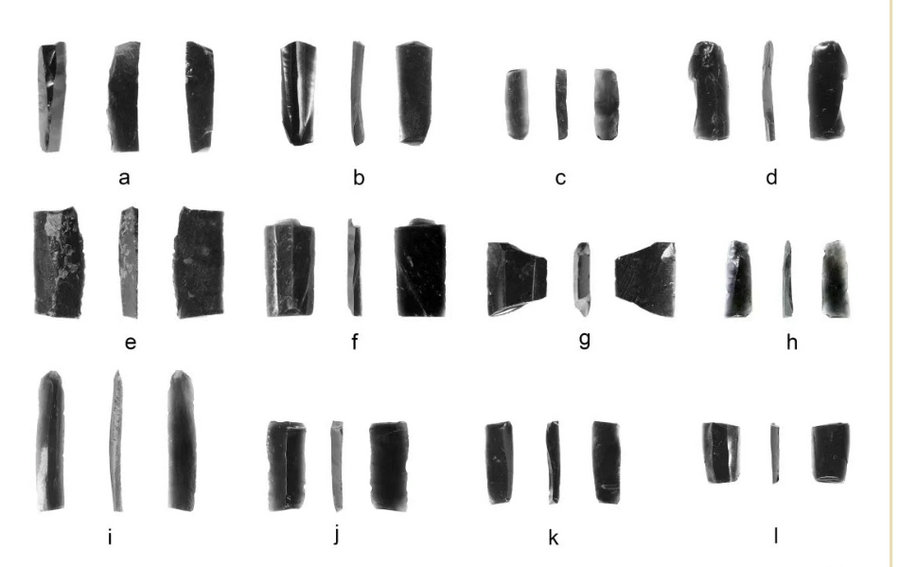
1. The Dadong Site in Helong, Jilin province
Situated at the eastern foot of the Changbai Mountains, the site covers an area of over 4 square kilometers. It is currently the largest and most culturally rich late Paleolithic wilderness site discovered in Northeast Asia.
It possesses the earliest and clearest late Paleolithic cultural sequence in the Changbai Mountains region, or even Northeast Asia. It holds significant value for exploring key academic issues such as the evolution and interaction of prehistoric cultures in Northeast Asia, population diffusion and environmental adaptation, and the origin of microblade technology.
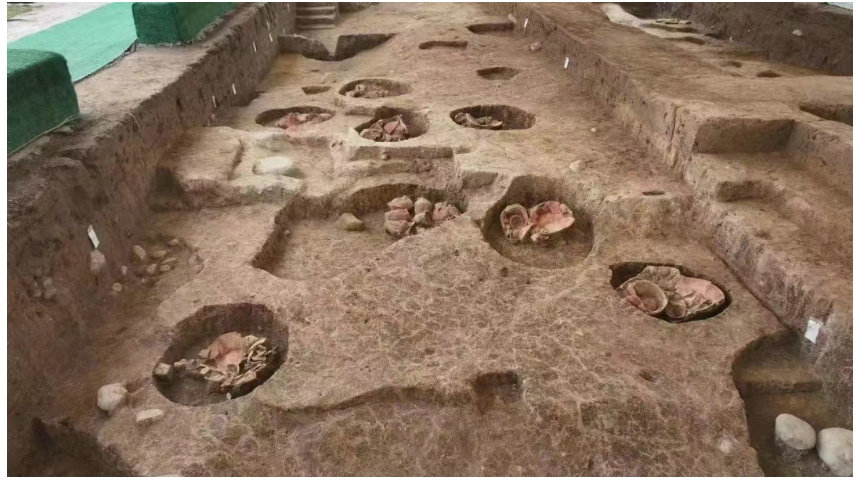
2. The Xiatang Site in Xianju county, Zhejiang province
Located in Xiatang village, Xianju county, Zhejiang province, the site is situated on a platform, elevated 1 to 2 meters above the surrounding farmland.
Covering an area of approximately 30,000 square meters, the Xiatang site history spans the entire Neolithic period, serving as important evidence in China's cultural history of thousands of years. It provides continuous new materials for studying regional cultural evolution and the millennia-long history of rice agriculture.
The site showcases a novel settlement pattern and social organizational structure during the Shangshan Cultural period (a Neolithic culture from 11,000 to 8,500 years ago in the middle and western part of Zhejiang), making it one of the most complete and well-structured settled villages among early Neolithic sites in China. It offers an extremely important sample for studying the formation of early rice agricultural societies in southern China.
ALSO READ: Reclaiming history's bigger picture
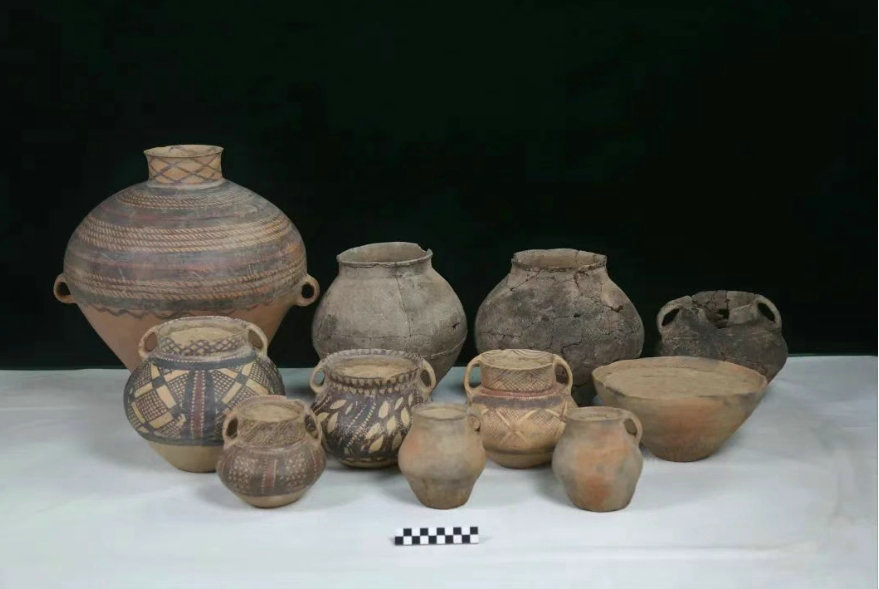
3. The Majiayao Cultural settlement from Siwa Site in Lintao county, Gansu province
The site is situated west of Jiulong Mountain, with remains mainly distributed on the gently sloping land in front of the mountain. Discoveries include remnants of the Majiayao culture (an ancient Chinese culture dating back more than 5,000 years), covering an area of approximately 2 million square meters.
The Majiayao culture at the Siwa site showcases the developmental level and civilization of the early societies on the Loess Plateau in western China 5,000 years ago. It fills a crucial gap in the research of the origins of Chinese civilization in the upper reaches of the Yellow River during a key period, greatly enriching the understanding of the origins and early development of Chinese civilization in terms of content and patterns.
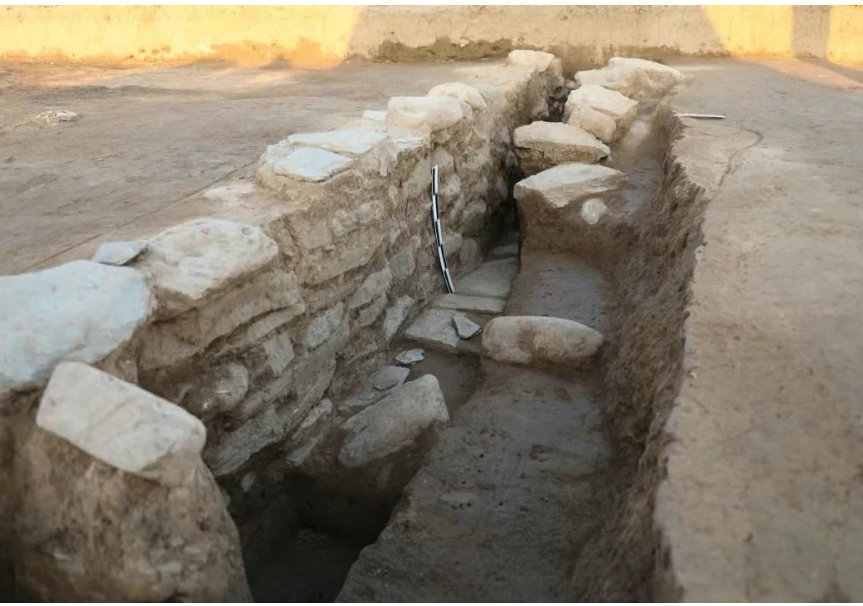
4. The Zhouyuan Site in Baoji, Shaanxi province
In recent years, the archaeological explorations of the Zhouyuan Site have focused on looking for the wall systems and large-scale buildings to further reveal the settlement structure of the Shang (c. 16th century-11th century BC) and Zhou (c. 11th century-256 BC) periods.
As of now, a large rammed earth complex from before the Zhou Dynasty has been discovered, as well as the triple city walls of the palace city, small city, and large city from the Western Zhou period (c.11th century-771 BC). The discovery of the large complex provides key evidence for determining that the site was a pre-Zhou urban center before the downfall of the Shang dynasty.
The discovery of the triple city walls at Zhouyuan not only advances our understanding of the form and nature of the Zhouyuan settlement but also provides indispensable research materials for the history of urban development in China.
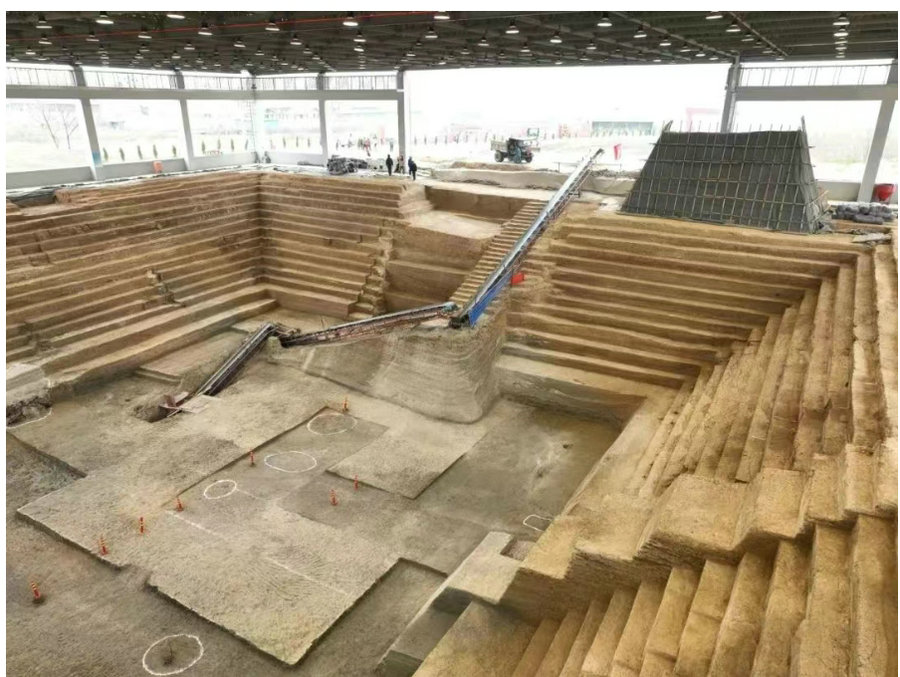
5. The Wuwangdun No 1 tomb dates back to the late Warring States Period (475-221 BC) in Huainan, Anhui province
The Wuwangdun mausoleum located in Huainan, Anhui province, is a large high-level tomb of the Chu state from the late Warring States Period covering an area of approximately 1.5 million square meters, enclosed by a moat with a perimeter of nearly 5000 meters.
The mausoleum has a main tomb (tomb No. 1), a large chariot, horse pits and large accompanying tombs. The mausoleum is the largest, highest-level, and most complex structured high-level tomb of the Chu state discovered through scientific excavation. It provides systematic archaeological data for the study of the high-level tomb system of the Chu state in the late Warring States period and the historical and cultural developments after the Chu's eastward migration. Through studies, it is preliminarily believed that the owner of this tomb is probably King Kaolie of the Chu state.
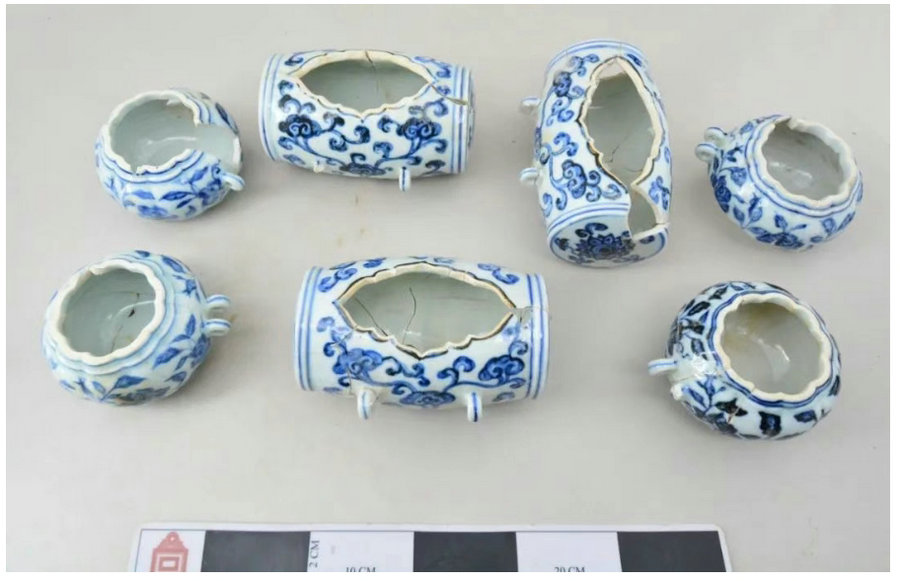
6. The site groups of porcelain making from Yuan (1271-1368), Ming (1368-1644) and Qing (1644-1911) dynasties in Jingdezhen, Jiangxi province
Last year, excavations were carried out on 14 archaeological sites, focusing on the development of the ceramic industry in the town area, the sources of raw materials, sources of fuel, road transportation network and diverse religious beliefs, with a total excavation area of 2275 square meters. Based on the studies, the era is determined to range from the late Southern Song Dynasty (1127-1279) to modern times.
READ MORE: The deceptive beauty of ceramic artistry
The discoveries provide first-hand data for studying various aspects such as the appearance of Jingdezhen's ceramic industry over six centuries, the absorption and advancement of diverse ceramic production technologies, the unique art reflected in the reuse of kiln bricks in urban architecture, the expansion of communities and diversification of beliefs resulting from handicraft development, the reclamation of land along the Yangtze River's east bank to form residential areas, and the underground management of urban drainage networks reflecting land utilization.



